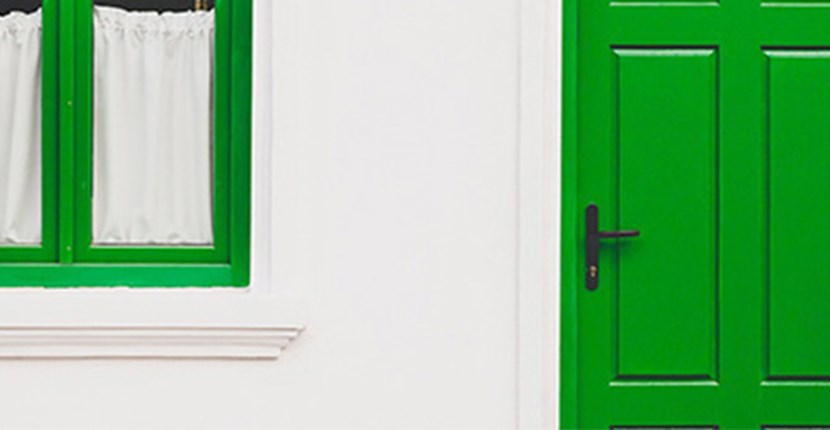Posted on 09 02 2021
What You Need To Know About the Healthy Homes Draught Stopping Standard

As of 1 July 2021, all rental properties must comply with the Healthy Homes Standards. As a landlord, you are by now undoubtedly aware of this and understand the hefty penalties behind not complying.
So far, we have covered the ventilation standard and the moisture ingress and drainage standard. We will continue to update you on the other standards in the coming months.
The draught stopping standard states that landlords of all private rentals must ensure that the property doesn’t have unreasonable holes or gaps that cause noticeable draughts. Like the other standards, this aims to keep kiwi homes drier and tenants healthier.
Determining unreasonable gaps or holes
Any gaps or holes with a width greater than 3mm in or around openings, like windows or doors, are usually considered unreasonable and will need to be blocked to prevent draughts.
These gaps or holes can exist anywhere in the home, so it’s important that you know how to identify them.
The best tip to determine if a gap meets this criteria is to see if the edge of a $2 coin can fit in the hole. If it does, then it needs to be blocked.
Some common causes of gaps include:
- • Poorly fitted windows or doors
- • Broken or loose hinges on windows or doors
- • Broken or cracked windows or doors
- • Unnecessary gaps around electrical and plumbing passages
Once you’ve determined a hole needs to be blocked, there are a few things to consider before you go forward with the repairs.
- • Consider the size and location
- • Find out the extent of draught that is allowed in through the hole or gap
- • Keep in mind the total extent of draught allowed in if there are multiple holes or gaps in the property
- • Understand the impact of heat loss in the property because of the hole or gap
- • Ensure that you do not block any intentional or necessary openings
Repairs
While it’s always a good idea to get a professional in to ensure all repairs are done properly, there might be some cases in which you can fix holes yourself.
Here are some tips for blocking draughts:
- • Tighten any loose hinges, catches, and latches
- • Add weather stripping around doors and windows
- • Seal the trims around doors and windows
- • Seal skirting boards and cornices
The risks of draughts
Holes in walls, windows, ceilings, floors, doors, or skylights can cause noticeable draughts.
Draughts increase the likelihood of colder temperatures, which lead to higher bills, poor health, and can cause damage to the property.
Cold air escaping into your property can cause damp and mould, and can inflict serious respiratory problems for your tenants.
By repairing draughts, you will keep your property warmer and significantly reduce heating bills. And by keeping your property warmer, you will have a happier, healthier tenant.
So, what is the standard?
Under the new standard, landlords must repair any unreasonable gaps in the property that cause noticeable draughts. In addition to this, all unused fireplaces must be closed off, or their chimneys must be blocked.
If a tenant wants their fireplace available to them for use, they must ask the landlord in writing. But the fireplace must be in good condition for it to be used, meaning it must be in working order and not have any unnecessary gaps that could cause draught.
The repairs of the gaps or holes must be long term and must be dealt with by the landlord. Tenants cannot issue temporary fixes.
While some New Zealand homes are older, the property’s age or condition doesn’t make it extempt.
The penalties for not complying with this or any other Healthy Homes Standard can be costly, so it’s important that you closely adhere to it.
If you’re unsure whether your property’s condition meets the standards, our team of experienced and friendly assessors are ready to assist you.